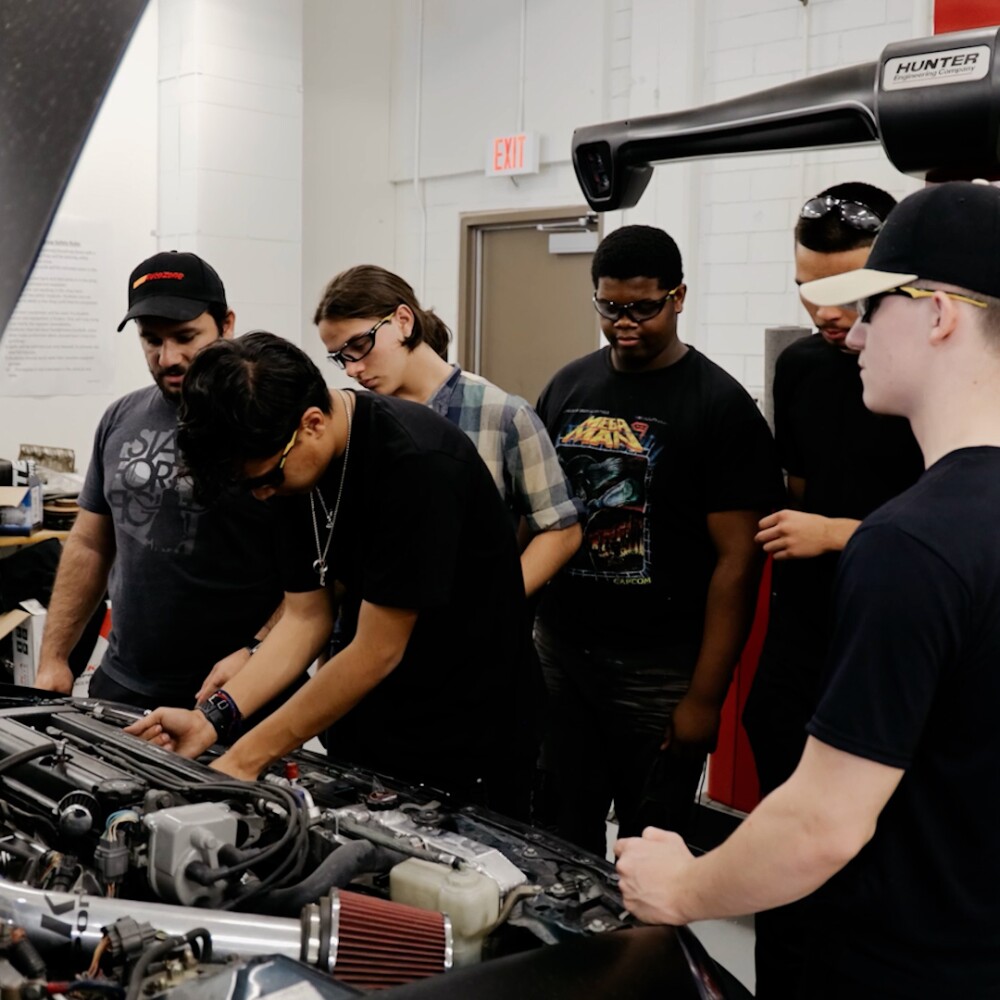Holly Square Shopping Center was burned to the ground as part of a Denver gang war in 2008. Eight years later, Denver elementary school students gathered at the site with their principal, Jonathan Hanover, and their mayor, Michael Hancock, to break ground on a new 22,000-square-foot school that will open this coming fall.
“What makes Roots unique is its cutting edge of personalized training,” Mayor Hancock said at the March 2016 groundbreaking. “They’re empowering students to work at their own pace and do things based on their own learning styles.”
The rebirth of Holly Square is both a story of urban renewal and a story of new opportunities for the hundreds of children from the community, who will now have access to a school focused on personalized instruction, character, culture and community engagement.
Behind the scenes, however, it is also a story about the serious but little-recognized stumbling blocks public charter schools face in securing suitable facilities for teaching and learning.
The Denver Public School Board unanimously approved Hanover’s charter application for Roots Elementary — a public school that would serve a population that was about 60% African-American, 20% Hispanic and 80% living in poverty. Supported with startup funds from the Walton Family Foundation, the charter gave Hanover the go-ahead to start a school in Northeast Park Hill, Denver. But government approval wasn’t all Hanover needed; he also needed space — and that’s not easy to come by in a city with few available public spaces and a booming real estate market.
Hanover, a Harvard graduate who was a founding teacher and school leadership team member at Rocky Mountain Prep before starting his own school, and his board negotiated a 99-year lease for the land where the shopping center once stood, which was now owned by an organization called the Urban Land Conservancy. He also worked with the Charter School Growth Fund and the Self-Help Credit Union in North Carolina to secure financing to build an entirely new two-story school on the site. Once he’d lined up the necessary financing, he picked a team that would design and build the new facility.
All of this negotiating, financing and construction would take time — so Hanover also needed to raise additional philanthropic dollars to pay for about $250,000 in tenant improvements to a grocery store that had been abandoned since the 1970s, which he leased for the first year of his school’s operations.
“It was not what I thought I was getting into,” he said. “But it’s what needed to happen, so I figured it out, and I picked up a new set of skills.”
In Denver and some other U.S. cities, charter schools receive only a small per-pupil allocation of government funds to pay for facilities. This public contribution is especially small in the initial years of charter start-ups, when schools are ramping up and typically serving only a couple of grades.
Rich Billings, a partner at the Charter School Growth Fund, who has managed the organization’s Facility Fund for the past five years, said facilities have always been a challenge for public charter schools. They are becoming a “bigger challenge” today, he said, because of political opposition to charters and resurgent real estate prices.
Denver has historically closed failing schools and given the newly empty spaces to public charter schools. Today, Billings said, “the political calculus has gotten a lot more challenging.”
Hanover said he counts himself lucky that he’s been able to open his school and watch a shiny new building rise from the ashes of Holly Square. But he cautioned that even when his school has grown to its full scale, he’ll have to pay roughly twice as much as he would have to spend if he were renting a school space from the school district — a cost burden that will inevitably cut into programming.
During the pivotal early days of establishing his school, he estimates that 30% to 40% of his senior leadership team’s attention has been focused on facilities, rather than on students and families.
“That,” he said, “is the real tragedy and real cost of the facility environment that charter schools are in right now.”
Learn more about the Building Equity Initiative, a first-of-its-kind nonprofit effort to provide charter schools with access to capital to create and expand facilities.





